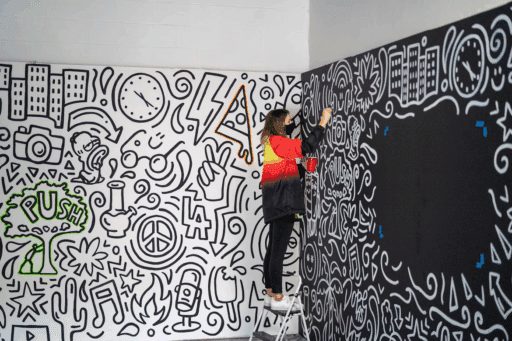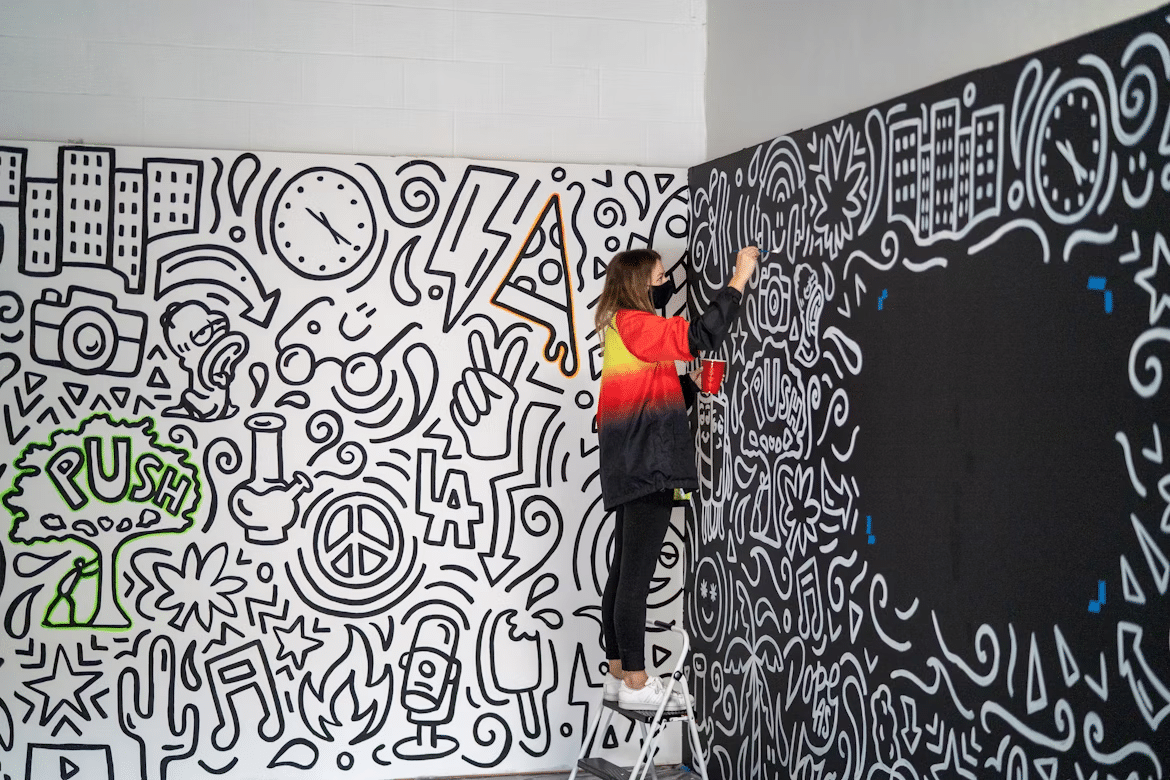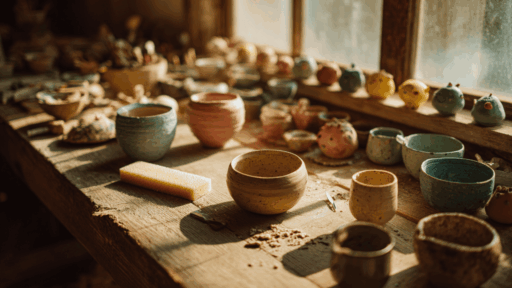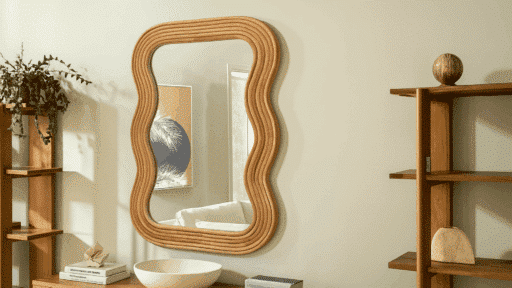A fresh coat of paint transforms any space, giving rooms new life and character. Color sets the mood, highlights architectural details, and reflects personal style. Modern painting techniques allow homeowners to express creativity while achieving professional-quality finishes. Whether updating a single wall or refreshing an entire home, exploring creative ideas adds energy and sophistication to your surroundings.
Choosing Colors That Reflect Personality
Color defines how a space feels. Warm shades such as terracotta, caramel, and soft coral create inviting and comforting environments. Cool tones like sage, navy, and misty blue promote calmness and focus. Neutrals, including beige, ivory, and taupe, remain timeless choices that pair well with bold accents.
When selecting paint, consider how natural light interacts with each color throughout the day. South-facing rooms amplify brightness, while darker spaces benefit from lighter shades. Experimenting with samples helps visualize how hues behave under different lighting conditions. Taking time to test small sections ensures satisfaction before covering entire walls.
Color psychology supports thoughtful choices. Studies from interior design journals suggest that rooms painted in calming hues increase relaxation and focus. Choosing the right shade shapes both mood and productivity, making color selection a vital step in every project.
Experimenting With Accent Walls
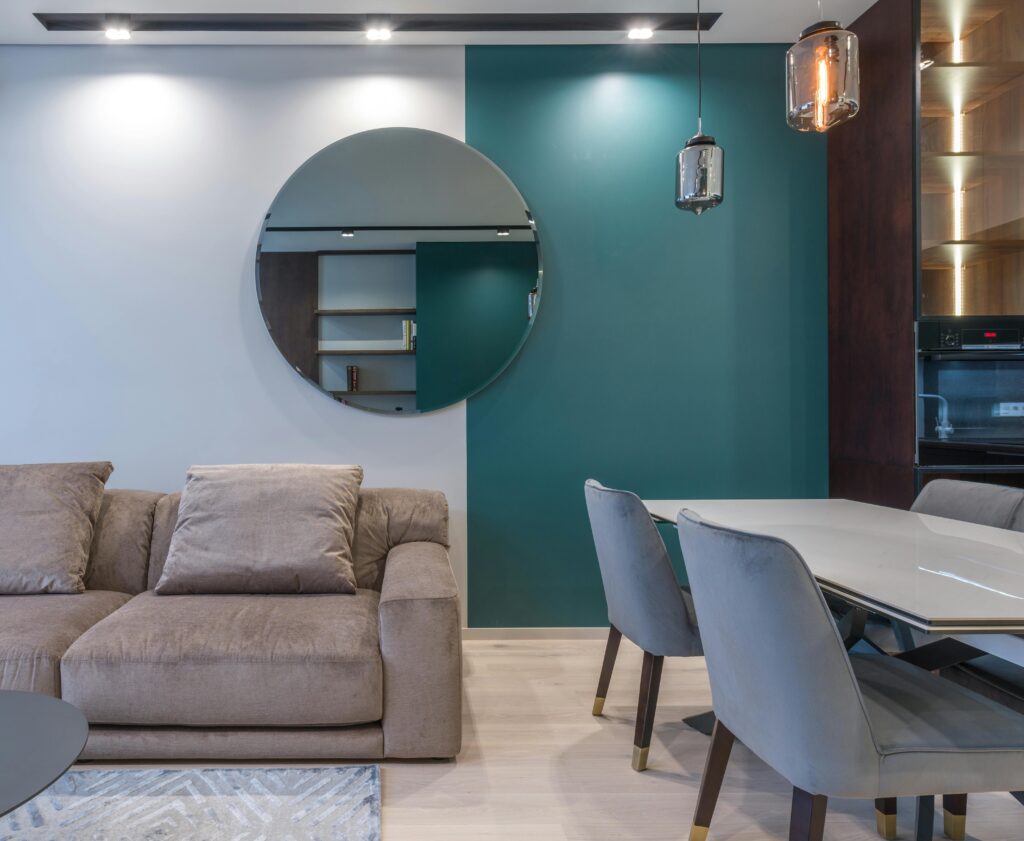
Accent walls continue to rank among the most effective ways to add drama and contrast. Painting one wall in a deeper shade anchors the room while keeping balance across the space. Deep green, navy, or burnt orange create a strong visual impact without overwhelming the design.
Texture adds depth and dimension. Using matte finishes for accent walls creates a soft, contemporary appeal, while glossy or metallic finishes bring vibrancy. Homeowners seeking unique surfaces can explore artistic finishes through RMP Finishes, which provides modern techniques that elevate basic paintwork into decorative art. Their expertise makes it easy to achieve luxurious and customized results.
Pairing an accent wall with minimal décor emphasizes balance. Keeping the surrounding walls neutral lets the focal wall shine. The contrast produces a sense of structure and refinement while keeping harmony in the overall design.
Using Geometric Patterns for Modern Appeal
Geometric shapes create movement and sophistication. Simple designs like stripes, triangles, or chevrons turn plain walls into dynamic statements. Painters use tape and careful measurements to ensure clean lines and sharp symmetry.
Choosing complementary colors enhances the pattern’s effect. Combining two or three shades within the same family produces subtle elegance. For bold personalities, contrasting colors energize the space and capture attention.
Geometric patterns work very well in offices, children’s rooms, or hallways where creativity enhances the atmosphere. The symmetry brings order, while the color adds personality. When executed with precision, these designs deliver contemporary beauty without needing additional décor.
Reviving Ceilings With Color
Ceilings often remain overlooked during painting projects, yet they hold great potential for creativity. Applying color overhead changes the way a room feels. Soft blues and creams make spaces feel open and airy, while darker tones create intimacy and sophistication.
Painting the ceiling a few shades lighter than the walls elongates the room visually. Using a bolder tone introduces contrast and draws attention upward. Metallic finishes reflect light beautifully in dining rooms or bedrooms, adding a subtle touch of luxury.
This approach works well in rooms with architectural details such as beams or crown molding. Highlighting these elements brings structure and harmony while creating a more cohesive design.
Incorporating Two-Tone Walls
Two-tone walls create visual balance and depth. Dividing a wall horizontally with contrasting colors introduces interest while maintaining simplicity. The darker shade typically works best on the lower half to ground the space, while the lighter tone brightens the upper area.
Painters use clean tape lines or chair rails to separate the sections. Combining navy with cream or forest green with ivory adds richness and character. The technique works well in dining rooms, bedrooms, and home offices.
Two-tone walls allow flexibility in design updates. Changing one color while keeping the other provides easy refreshes without repainting the entire room. The result feels modern and polished while offering variety.
Embracing Nature-Inspired Shades
Natural tones continue to dominate design trends. Earthy greens, warm browns, and soft clay hues bring a calming presence indoors. These shades connect interior spaces with the outside world, promoting relaxation and grounding energy.
Pairing nature-inspired colors with wood, stone, or rattan textures enhances the organic effect. Living rooms, bedrooms, and kitchens benefit most from this palette. Green shades such as olive, moss, and eucalyptus create balance, while terracotta adds warmth and vitality.
Light neutral trim complements these tones beautifully. When paired with natural light, the combination produces comfort and timeless appeal. The simplicity of earthy palettes blends well with both modern and rustic designs.
Highlighting Architectural Features
Accent colors can highlight moldings, window frames, or built-in shelving. Painting trim in a slightly darker or lighter tone than the walls defines structure and adds visual interest. Using contrasting shades for doors and baseboards gives a room a tailored appearance.
For older homes with detailed craftsmanship, painted moldings draw attention to intricate designs. In contemporary spaces, bold trim creates crisp, modern edges that emphasize geometry. Highlighting these features gives the room character while maintaining elegance.
Painting stair risers, fireplace mantels, or alcoves introduces subtle color in unexpected places. These touches personalize the space and demonstrate creativity without overpowering the main design.
Using Murals for a Custom Touch
Murals provide artistic storytelling on walls. They range from minimalist line art to complex landscapes, allowing complete customization. Homeowners can commission artists or use stencils for precise imagery. Murals work best on wide, uninterrupted walls in living rooms or entryways.
Soft, watercolor-style murals bring tranquility, while bold graphic styles energize spaces. The scale and tone depend on personal preference. Murals allow full artistic freedom and serve as conversation pieces that reflect individuality.
They can complement existing décor or stand as statement art. When paired with neutral furnishings, a mural becomes the centerpiece of the design. This approach demonstrates how creativity transforms functionality into artistry.
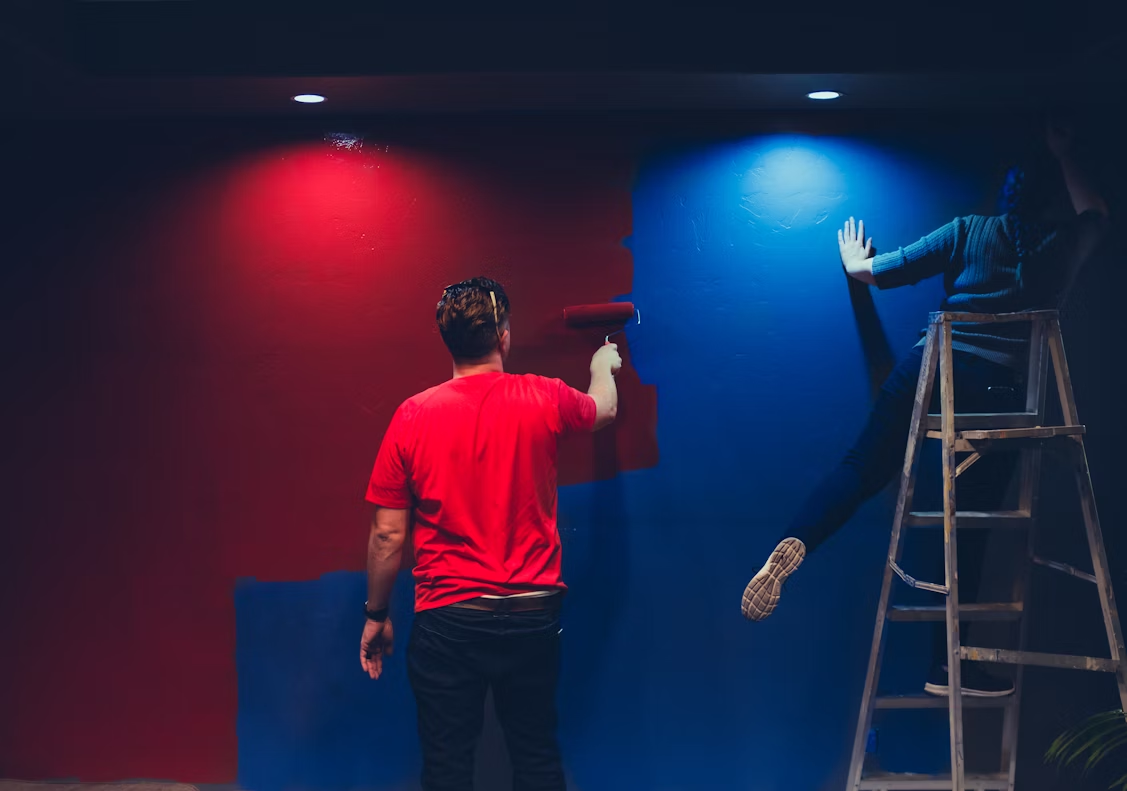
Fresh paint transforms homes into vibrant reflections of personality. Whether adding depth through texture, contrast through color, or charm through subtle detail, thoughtful painting creates lasting visual harmony. Exploring these ideas encourages creativity and confidence in design choices. With the right colors, finishes, and professional guidance, any space can evolve into a warm, stylish, and inspiring environment that feels entirely renewed.

